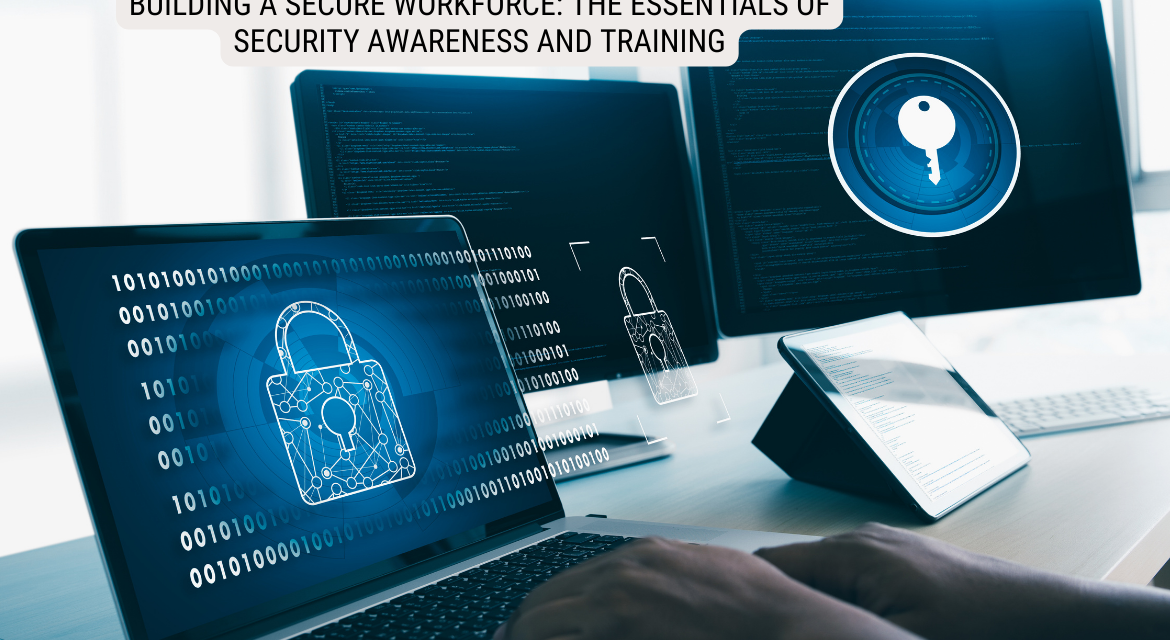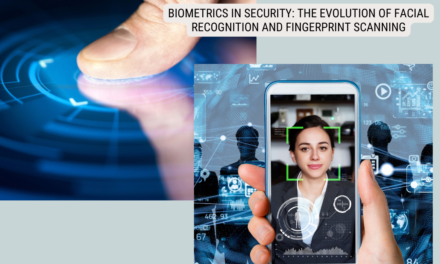In today’s digital era, where security risks on the web have skyrocketed, organisations must recognise the significant contribution of their employees towards ensuring a safe workplace. While technical safeguards are essential, a well-informed and vigilant workforce is equally important in preventing cyber attacks. In this blog, we will explore the various components of “Security Awareness and Training” programs, ranging from basic to advanced techniques that organisations can use.
Introduction: Building a Culture of Security First
In today’s rapidly evolving landscape of cyber threats. It is vital for organisations to establish and maintain a culture where security is the top priority for their workforce. This involves implementing a strong and resilient technological infrastructure, as well as educating and empowering employees to identify and address vulnerabilities proactively.
Employee Training Programs
Cybersecurity Fundamentals:
It is necessary to start with the basics since this will ensure that the employees have sound cybersecurity knowledge before we delve into specific threats. The basics are also covered, like the value of making strong passwords, the dangers of unauthorised access and the importance of updates.
Thus, security awareness is established right from the onboarding phase, setting the tone for the employee’s entire working period. Developing a security etiquette and set of practices during the onboarding period creates a framework for secure behaviour from the beginning.
Regular Training Sessions:
In cyber threats, nature is dynamic, which is why a need for ongoing training does exist. Regulated sessions like simulations and actual hacking scenarios play a role not only in reinforcing information security principles but also in making employees well-versed with emerging threats.
Phishing Awareness
Understanding Phishing:
Phishing has become a major threat still, with cybercriminals using fake tactics and deceit to make employees disclose private data. Since employees need to be aware of the different types of phishing and can recognise them, conducting such stuff is essential.
Phishing Simulation Exercises:
We allow our employees to experience phishing attacks through simulations and see how they react to them in real life. These exercises are in the same league as genuine scenarios in terms of training participants to tell the truth from lies.
Reporting Protocols:
Transparent reporting procedures are necessary to encourage prompt response to threats without fear of reprisals.
Social Engineering Prevention
Types of Social Engineering:
Social engineering is stringing people’s psychological factors to trick them into revealing their private information or doing particular things. Employees must understand the different social engineering models exploited by cybercriminals.
Building a Skeptical Mindset:
Supporting the critical mode of thinking can help to a large extent in avoiding successful social engineering attacks. Employees must be authorised to enquire if a command is unusual, and the authenticity of communications must be verified.
Role of Open Communication:
One should keep open communication in order to be able to stop social engineering attacks. The employees should have the confidence to report any activities that they believe could be suspicious, which, in turn, will strengthen the collective defence against such crafted tactics.
Security Policies and Procedures
Documenting Security Policies:
Policies of comprehensive security are the key components of a secure organisation. Organised and systematically written policies that all employees can access in a clear and understandable way lay the foundation for a safer workplace.
Regular Policy Reviews:
Policies should be such that they can be modified as time goes by. Constant controlling, improvements and updates are needed to match emerging threats. Employees’ enrolment in the review process makes the policies remain relevant and effective.
Enforcement and Accountability:
The implementation step, which is also the enforcement measures of the policy and punishment for those who violate the policy, needs to be ensured. Aligning and encouraging adherence to policies is another way of reinforcing a culture of security in the organisation, which is, no doubt, another key goal.
Conclusion:
Hence, it is crucial for an organisation to view its employees not just as potential risks. But also as an essential component of its cybersecurity defence strategies. By implementing effective Security Awareness and Training Programs, companies can cultivate a team of diligent, knowledgeable, and proactive employees to tackle the ever-increasing cybersecurity threats.





